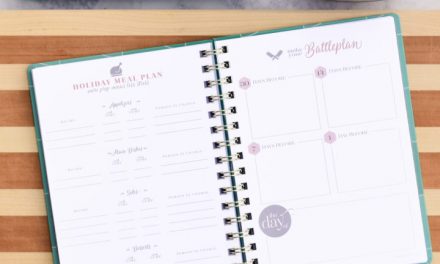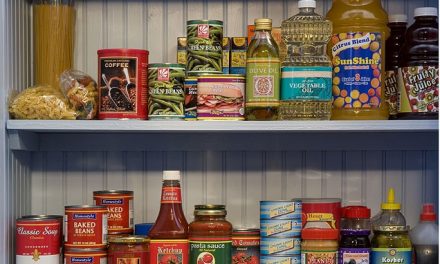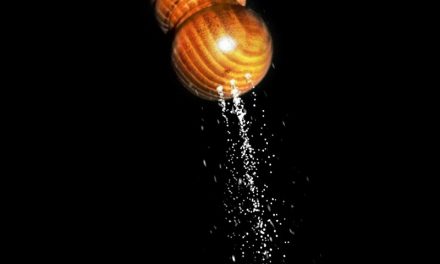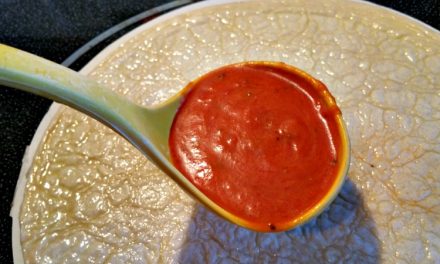 A cutting board is a necessary tool in the kitchen, but you need the right cutting board for the task. Cutting boards can come in quite handy when preparing to cook a meal, making a snack, or even when you just need a place to put a hot pan to keep it from damaging your kitchen counter! So what cutting board is the best? Not every cutting board is good for every task — some are too porous to use for cutting raw meat, poultry and fish, because they absorb bacteria. Other boards are so hard that they dull the blades of your knives.
A cutting board is a necessary tool in the kitchen, but you need the right cutting board for the task. Cutting boards can come in quite handy when preparing to cook a meal, making a snack, or even when you just need a place to put a hot pan to keep it from damaging your kitchen counter! So what cutting board is the best? Not every cutting board is good for every task — some are too porous to use for cutting raw meat, poultry and fish, because they absorb bacteria. Other boards are so hard that they dull the blades of your knives.
Here are some of the most popular types of kitchen cutting boards and why you may or may not want to choose each one:
Wood Cutting Boards
Wood cutting boards are some of the most popular and offer a great look and feel, but there are many things to take into consideration with wood. Even though wood cutting boards are very hard, they’re also porous so they absorb everything you put on them, including bacteria. They require oiling to keep the wood in good condition — the oil helps somewhat by creating a barrier against moisture. After using them, wood cutting boards require thorough cleaning, drying, and re-oiling. Even with all the care and upkeep wood cutting boards require, they are the best for your knives, because the wood does not dull the blade. If you prefer wood cutting boards, consider using them for cutting only vegetables, herbs and breads.
 Bamboo Cutting Boards
Bamboo Cutting Boards
Bamboo, considered a grass and not a wood, makes a terrific cutting board. The fact that it’s so fast-growing makes it a renewable resource and a great choice for the eco conscious. Bamboo acts similar to wood — it’s still somewhat porous but is considered harder than wood. It also requires oiling, because the bamboo can splinter when not cared for properly. Long-time use also makes the bamboo boards a bit “furry” and more receptive to bacteria — if that happens it’s time to buy a new board.
 Plastic Cutting Boards
Plastic Cutting Boards
Typically made from polyethylene, plastic boards are durable and last long. A plastic cutting board has the advantage of being relatively inexpensive. In addition, plastic cutting boards come in a variety of shapes, sizes, and colors making it easy to mix and match with your kitchen decor.
They can be washed easily by hand or in a dishwasher. They’re relatively okay on knives but not as good as wood or bamboo. With a plastic cutting board there is less chance of your knife cutting deep grooves into the plastic which would create a place for bacteria to grow and thrive. However, plastic cutting boards can harbor bacteria as much as and even more than wood, especially when they get “fuzzy” from long-time use.
There are several certifications of plastic cutting boards, one being NSF, that certifies the plastic has passed requirements to come in contact with food. Unlike wood, plastic has no inherent antiseptic properties. However, unlike wood, plastic boards do allow rinsing with harsher cleaning chemicals such as bleach and other disinfectants without damage to the board or retention of the chemicals to later contaminate food. Most high-density polyethylene plastic (HDPE) boards are specifically designed not to dull the edge of a knife. If a score line is present, the knife is safe. A serrated knife should not be used on a plastic cutting board. The sharper the knife, the longer the cutting board will last. Semi-disposable thin flexible cutting boards also ease transferring their contents to a cooking or storage vessel.
 Glass Cutting Boards
Glass Cutting Boards
Glass cutting boards are nonporous and easy to clean — you can wash them in the sink or the dishwasher. There’s also no need to oil them, so there’s no upkeep. However, glass cutting boards are the worst for your knives. Cutting on glass tends to dent, roll or even chip knife edges in a rapid manner. Additionally, if used for chopping instead of slicing, glass can shatter or chip itself, contaminating food.
 Epicurean Cutting Boards
Epicurean Cutting Boards
The Epicurean cutting boards are quickly becoming popular with chefs and culinary experts. This is a brand of cutting boards that are made out of a material originally created for skate park surfaces. The cutting boards are made from a combination of different recycled materials including wood and plastic. These boards are durable, safe on knives, safe in dishwashers and heat resistant (up to 350 degrees) so they can be used as a trivet without leaving a blemish. The boards are also completely nonporous, meaning no bacteria.
 Preventing cross contamination of food
Preventing cross contamination of food
Bacteria or allergens can easily be transmitted from one part of the kitchen to another or from one food to another via knives, hands, or surfaces such as cutting boards. To reduce the chance of this, it is advised to use separate boards for different types of food such as raw meat, cooked meat, dairy and vegetables.
Many professional kitchens follow this standard color-coding system:
- Blue cutting boards: raw seafood.
- Red cutting boards: raw red meat.
- Green cutting boards: vegetables and fruits.
- Yellow cutting boards: poultry
- Brown cutting boards: cooked meat
- White cutting boards: dairy (also for universal if no other board is available.)
Recommendation
Your kitchen should have at least two cutting boards. One board should be for prepping fruits and vegetables and the other for preparing raw proteins. If you like using a cutting board for carving cooked meats, you’ll want to have a third cutting board, or you could do so safely on your vegetable board. The Epicurean cutting board seems to check off all the boxes for a great cutting board. However, if you wish to be more traditional, use a wood cutting board for your fruits, vegetables and breads. Keep clean, and oil frequently. For raw proteins, use a plastic board and wash in a dishwasher.
I hope this article has been informative. Choose the right cutting board for the task and for your kitchen.
